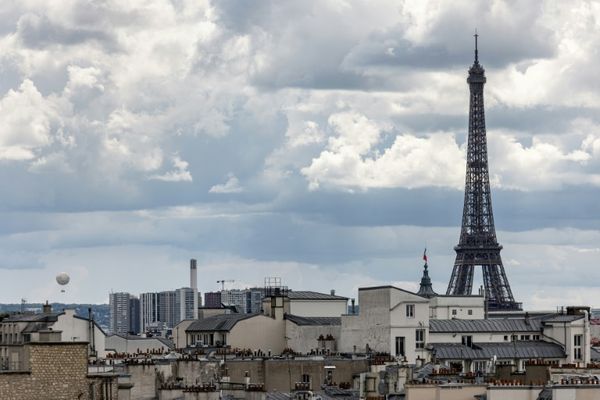
The Albanese government’s changes to the stage-three tax cuts won’t reignite inflation, although they may slow the pace of Reserve Bank interest rate cuts and more reforms are needed to close future budget gaps, economists say.
Cabinet has approved a revision to the cuts, legislated in 2019, that extends tax relief to those earning less than $45,000 a year to be paid for by reducing the benefit to higher-income earners, with full details still be formally released.
Assuming the budget cost of the cuts remains at $20.7bn in the 2024-25 year – rising to $323.6bn over a decade – the effect on inflation is likely to be minimal.
“Tax cuts will add to demand in the economy,” said Gareth Aird, CBA’s head of Australian economics. “But they will kick in at a time when demand has further weakened from where it is today – and it has been moderating quite materially over the past six months.”
The RBA has long included the cuts in its forecasts. ANZ this week estimated the policy would stimulate GDP growth by about 0.4 percentage points based on the original design, helping the economy expand 1.7% in the year to June 2025.
Alan Oster, NAB’s chief economist, said it was difficult on the available detail to pinpoint the impacts of the change. Still, the “macro effects are small” even if, as expected, those on lower incomes were likely to spend more of any tax relief than higher-income earners.
NAB does not expect the tax tweaks to affect the chances of another RBA rate rise but they “won’t hurry them up either” when it comes to cutting.
Prior to today, investors saw scant chance of a rise in the cash rate when the RBA board meets on 5 or 6 February for its first gathering of 2024, with a 50:50 chance of a rate cut by July priced in.
The RBA will not have seen effects of the 1 July tax cuts by September, the month the CBA forecasts to have the first interest rate cut, Aird said. If the tax relief turns out to be larger than now signalled, it may mean the RBA does not cut its rate as much to shore up the economy.
Saul Eslake, an independent economist, is one commentator to forecast the RBA will not reduce borrowing costs until 2025. Still, he does not expect the stage-three revisions to shift the bank’s timing.
Inflationary effects “will be marginal rather than substantial – provided, of course, that the government doesn’t throw a lot of extra cash at households through other means, now or in the May budget”, Eslake said.
The latest data from the Australian Taxation Office shows the number of taxpayers earning more than $180,000 a year was about 3.7% of the total in 2019-20, up from 2.9% in 2013-14, he said.
“While they earn 20% of total taxable income, [the top-bracket taxpayers] pay 31% of total personal income tax,” Eslake said. “It’s also true that while Australia’s top rate isn’t especially high by OECD standards, the income at which it cuts in is very low by OECD standards.”
By contrast, people with incomes of less than $37,000 constituted 21% of all taxpayers in 2019-20, but only paid 2.5% of total personal income tax.
“What that means is that it’s actually hard to cut tax rates – which is what stage three was about - without most of the benefits going to the people who pay the most tax,” he said.
The tax changes, though, divert attention from more serious reforms that will be needed to fill “significant” budget shortfalls in coming years, particularly when company tax receipts start to slide along with commodity prices. Eslake predicts that gap to be at least 1% of GDP, or more than $20bn a year, “over the medium-to-longer term”.
Governments have a range of options to avoid a deficit while meeting expected rising costs of the NDIS, defence and other expenses, but each would have political pain.
The government could try to reverse the almost $40bn gifted to Western Australia over nine years in extra GST revenues, Eslake said. Or it could cancel the Turnbull government’s decision to tax companies with less than $50m revenue a year at 25%, compared with 30% for larger firms. Wealth taxes, too, could help fund rising health costs as baby boomers age.
Other measures could ensure high-income households pay the same tax on income from their superannuation funds, investment properties, trusts and capital gains as they pay on their salaries. GST, now at 10%, could also be lifted closer to most other rich nations’ levels – as much as 20% or more.
“These are the sort of things that … the government should be ‘talking about’ between now and the next election,” Eslake said, adding they should do so “with a view to obtaining an electoral mandate for substantive tax reform at that election”.







